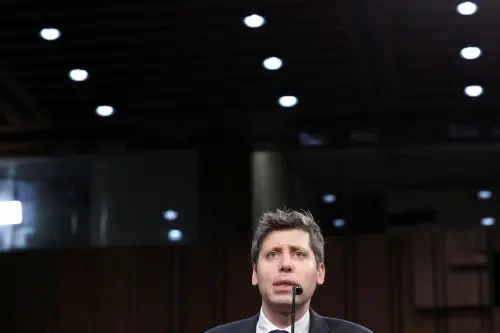Seoul, the capital city of South Korea, has an elaborate and highly advanced government call center called Dasan 120. Over 500 call center operators receive direct phone calls from citizens at every hour of the day and 365 days a year to find answers to their questions and solve problems they have in their various transactions with the government. With an annual budget of approximately 19 million USD, the center answers about 33,000 calls a day. They can communicate in sign language (through video chatting), in 5 foreign languages, through text-messages, social networks, and smartphone apps. They also make two to three calls a week to senior citizens (who live alone) to ensure their well-being. They serve as the single point of contact for citizens to communicate with the city government, which prior to the creation of the call center had about 69 separate government information centers, encompassing 41 organizations. Dasan 120 provides a glimpse into the future of the following government functions:
One. Information Hub for Government Information and Services
The call center draws information from the city’s e-government sites, city officials, and other resources available on the Internet. Since it’s creation, call center staff have compiled a database of citizen questions and the provided answers. This growing database is a key to the center’s high call completion rate and functions as a hub for government information, services and programs citizens can use. Before Dasan 120, it took 70 minutes on average for citizens to identify and reach the relevant government department and officials, but now, 96.6 percent of calls to the center are answered within the first 15 seconds and 87.5 percent calls are addressed by the center representatives directly in the first call while 12.5% are transferred to government officials for answers. As a consolidated center for government information, citizens can gain access to relevant government information in a short period of time with a single call.
Two. Creating a Human Face for the Government
The call center representatives put a human face on government bureaucracy. The friendly staff stands in stark contract to unsympathetic and lengthy government documents, instruction manuals, or standardized online services. Call centers can create a friendly and sympathetic image of the government. In the case of Dasan 120, the call center was able to improve the citizen satisfaction rate from 41.6 percent in November 2006 to 95.7 percent in 2012.
Real people are still superior to automated computer programs at helping others. Call center representatives understand the complex nature of citizen problems. With their growing database, they are able to address these difficult and sometimes convoluted issues that automated non-human-interface services cannot readily solve.
Three. Alleviating Digital Divide
Many citizens use their plain old telephones to contact Dasan 120. This is a huge boon for those without Internet access such as the elderly or people who live in underserved areas. This has an effect of alleviating some of the problems associated with the digital divide.
Four. Call Center Communication as a Form of Citizen Participation
The questions citizens ask about government services and information are extremely valuable. Policy makers can use this data to understand the pressing needs of their citizens. The engagement between the call center and citizens is as a form of citizen participation that enables responsive government actions.
Five. Reduced Workload for Government Officials
Call centers can significantly reduce the workload of the government officials. Call center representative can address many issues that would otherwise fall to other bureaucrats. This frees up time to work on other important tasks rather than answering basic questions from citizens over and over.
We live in an age of information overload. There are too many uncoordinated government efforts to provide information on services and programs. Government itself does not always know what services and information it is providing as a whole (as they tend to operate in silos). Here, a consolidated government call center such as Dasan 120 provides a potential solution to the problem of information overload. It can also serve as a coordinator for government services, which enhances the quality of the whole enterprise. In the future as governments offer more services this administrative role will only increase in importance.
Author’s Note:
Numbers in this article are drawn from internal documents and materials provided by Dasan 120 during the author’s visit to the center in 2012.
The Brookings Institution is committed to quality, independence, and impact.
We are supported by a diverse array of funders. In line with our values and policies, each Brookings publication represents the sole views of its author(s).




Commentary
The Future of the Government Call Center as a Hub for Public Information and Service
July 2, 2014